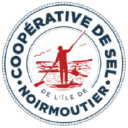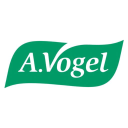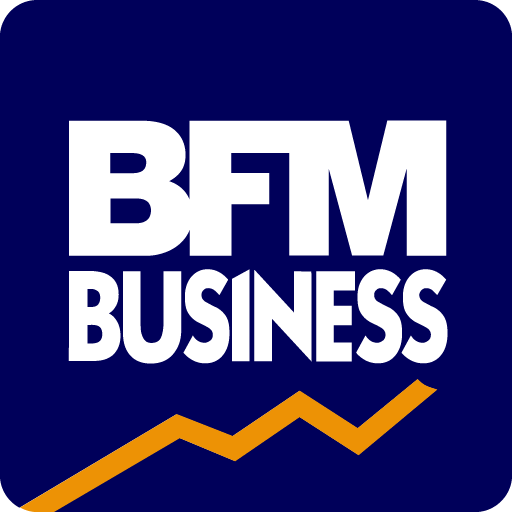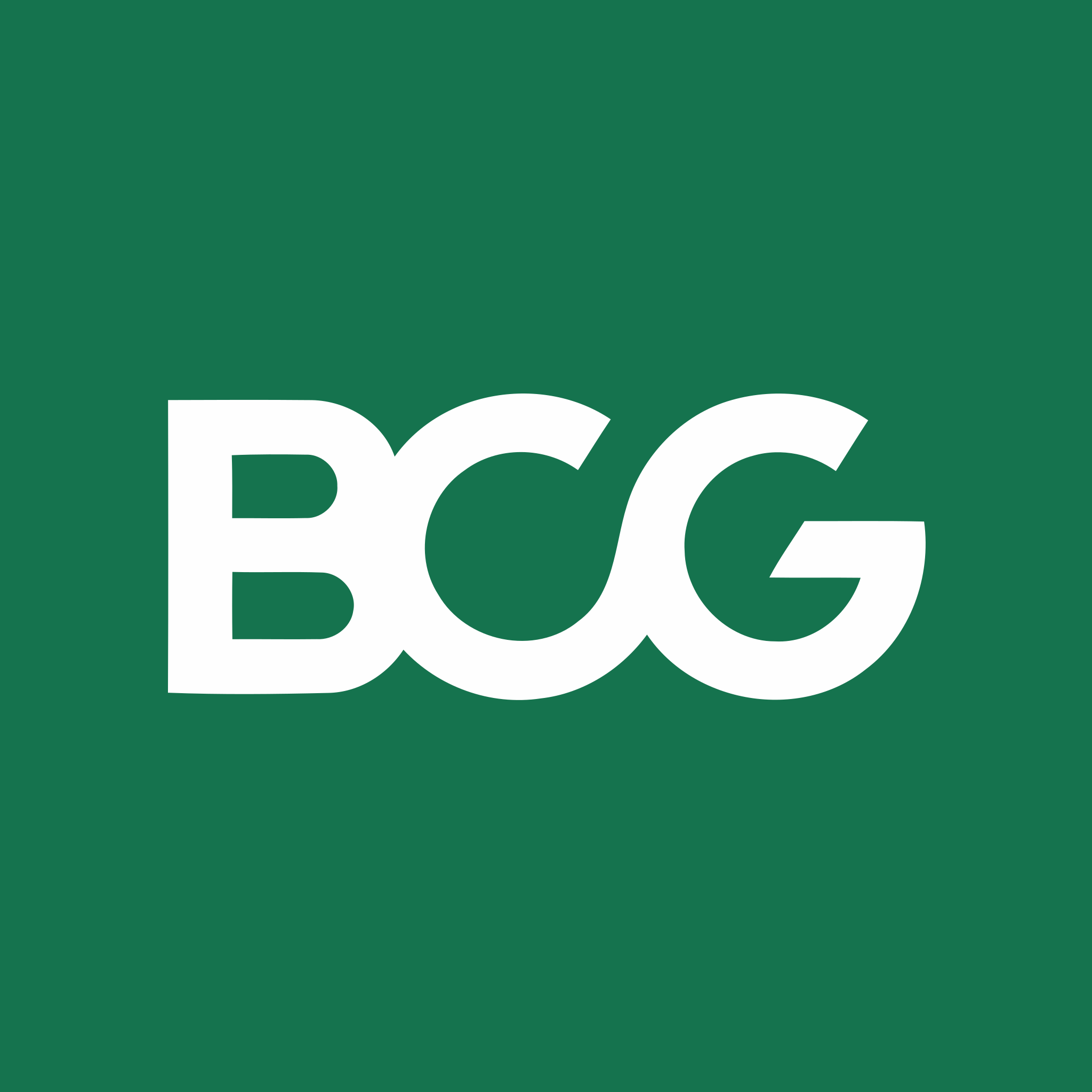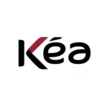Synthèse
The global market for dietary salt, estimated at around $28 billion, is expected to reach over $32 billion by 2025. By 2020, global salt production was close to 270 million tonnes, with China the leading producer, followed by the USA and India. In France, demand for food salts, which includes both table salt and salts for the food industry, is falling in both value and volume, due to health concerns linked to salt consumption. The French market, which consumes around 8 grams of salt per person per day, is moving towards high-quality salts bearing labels such as "Label Rouge" and "Indication Géographique Protégée" for products like Guérande salt. Despite WHO public health recommendations to consume less than 5 grams of salt a day, average consumption in France exceeds this figure, leading to public intervention and potential new regulations aimed at limiting the salt content of industrial foods.
Transition to quality salt consumption in France: Market trends and dynamics
The French market is dominated by private labels with 31% market share, followed by La Baleine with 25% and Cérébos with 14%: A shift towards high-quality, health-conscious consumption The French food salt market, which includes table salt and salt used in the food industry, is showing a marked shift in demand towards high-end, diversified products. Consumers are increasingly attracted by high-quality salts, such as those bearing the "Nature et Progrès" or "Label Rouge" certifications, as well as salts recognized by a Protected Geographical Indication (Indication Gé in recent years, France has seen a substantial drop in salt consumption. Health concerns and numerous public recommendations have led to a decline in the popularity of ordinary table salt, causing its value to fall by 3%. Despite this, the French still consume between 7 and 9 grams of salt a day, which is higher than the 5-gram limit recommended by the World Health Organization. The market is also affected by a clear preference for quality over quantity.
Specialty salts, which account for only around 1% of the market in volume terms, contribute 10% of sales. This shift towards more expensive and tastier salts underlines the French inclination towards products that offer additional nutritional and taste benefits. From a production point of view, the main sources of edible salt in France are the Mediterranean and Atlantic coasts, with notable production in regions such as Aigues-Mortes, Salin-de-Giraud, Guérande, Ré and Noirmoutier. From a regulatory point of view, the declaration of nutrients on food packaging has been mandatory since December 2016. The move towards stricter control of salt content is evident, with the possibility of imposing a tax on excessively salty products and mandatory limitations on salt content in foods such as bread.
Market shares show that private labels dominate the French salt industry, holding around 31% of the market, followed by La Baleine with 25% and Cérébos with around 14%. The market is showing signs of gradual change, with a decline in salt consumption both for the table and in the food industry. Sales of food salts in France fell by over 19% between 2016 and 2020. In response to health recommendations, companies such as La Baleine have introduced sodium-reduced product ranges to meet the needs of consumers who want or prefer a low-sodium diet. The global market for these alternative food salts is expected to grow significantly, reaching a value of between 5 and 5.5 billion euros by 2025. In conclusion, the French edible salt market is adapting to consumer demand for products with a higher sodium content
In the French food salt market, a number of renowned companies lead production, distribution and innovation in this sector.
- Among them, Salins du Midi is a dominant force, recognized in particular for its flagship brand, La Baleine. This brand has succeeded in capturing the palate of consumers with its sea salt product, "Essentiel", characterized by a reduced sodium content in line with current health trends.
- Cerebos, another important entity, occupies a prominent place in the market with a range of edible salts. Known for its ability to adapt different types of salt to meet a variety of culinary needs, Cerebos maintains a competitive market position.
- Equally remarkable is the Coopérative de Guérande, a collective of salt workers who manage the production and marketing of the famous Guérande salt. This cooperative model preserves age-old salt harvesting methods and promotes both tradition and quality in the product range.
- Similarly, the Coopérative des Sauniers de l'Île de Ré is associated with a specific geographical location known for its high-quality salt production. Their collective approach ensures that artisanal harvesting techniques continue to have their place in a market increasingly dominated by large-scale industrial processes.
- Aquasel distinguishes itself by capitalizing on the reputation of the regions in which it operates, providing specialty salts rich in regional character.
- Another company contributing to market variety is Saline d'Einville, which exploits underground salt resources to produce a variety of salts.
- Saline de Salies-de-Béarn, although smaller than some of its competitors, competes effectively by offering products rooted in geographical identity.
- A.Vogel, although operating on a global scale, focuses on the French market, offering consumers health-oriented salt options as part of its wider range of natural products.
- The debate on salt consumption and health has also given rise to products such as those offered by Lo Salt, which markets low-sodium alternatives to traditional salts, offering choices to people on sodium-restricted diets.
- Quadrimex Salts, although operating internationally, has an impact on the French market thanks to its wide range of salt-related products, from food salts to industrial applications.
- Natursel also adds to the diversity of the market with its offerings, although specific details about the company remain less well known. These key players in the French edible salt market
à la compréhension de ce marché
Détail du contenu
 Informations
Informations
- Nombre de pages : 30 pages
- Format : Version digitale et PDF
- Dernière mise à jour : 05/04/2021
 Sommaire et extraits
Sommaire et extraits
1 Market overview
1.1 Market definition
In France, the market for food salts is divided into two main segments: those for the particular (table salt, cooking salt) and those for the food industry (basic raw material)
Used as a preservative, widely used until the end of the 19th e in the 20th century, dietary salt provides the human body with two essential nutrients
- the chloride The acidity of the gastric juice is maintained
- the sodium It is important for the hydromineral balance of the cells and the organism
This essential condiment combines the flavours of sodium and chloride ions to give a characteristic salty taste to the foods it accompanies or in which it is incorporated. If salt in moderate quantities is essential to health On the contrary, it can be harmful in too large a quantity . In these two markets, salt producers have seen a significant increase in the last decade reduction in consumption in volume in an environment marked by the communication campaigns of the National Nutrition and Health Program.
However, the French market for food salts seems to have turned the corner in terms of move upmarket which is reflected in the rejuvenation of consumer brands and product diversification . This competition is proving to be particularly tough for the two leaders La Baleine (Salins du Midi) and Cérébos, which together account for a significant share of this market
1.2 World production dominated by China and the United States
Salt is one of the few commodities that the world is least likely to run out of in the coming millennia: rock salt reserves are vast and sea salt is virtually inexhaustible. The market for food salt is growing rapidly, driven by global population growth and the rapid expansion of China. ...
1.3 The French market is not very dynamic
According to the World Health Organization The consumption of food salts currently amounts to * grams per day per person in France in early **** compared to an average of ** grams worldwide. In total, the consumption of food salts in France would thus represent nearly *** *** tons each year. According to Le Figaro The ...
1.4 Other important factors affecting the market
A few key determinants of the development of the food salt market are worth noting:
High dependence on weather conditions The weather is one of the determining factors that can change the harvesting period by several weeks and impact the tonnage. This dependence is particularly marked in salt marshes based on ...
2 Analysis of the demand
2.1 The gradual but definite decrease in the consumption of food salts
The change in the eating habits of the French completely modifies the demand for food salts. Indeed, according to the WHO, high sodium intake (***) contribute to high blood pressure and an increased risk of heart disease and stroke In addition, lowering salt intake has been identified as one of the most ...
2.2 The over-consumption of food salts is perceived as a danger by public authorities
According to the World Health Organization, over-consumption of salt, the main cause of high blood pressure in the world, causes the death of *.* million people.
To remedy this, the WHO is now advocating a reduction in annual sodium consumption of about **% by **** . In other words, the consumption of food salts should ...
3 Market structure
3.1 Market shares of the main market players
Salt is most often perceived as a staple food product. Thus, the market for food salts, just like the majority of staple food products, is dominated by private labels which represented. According to the data collected, the market for food salts in France remains dominated by private labels, which account for ...
3.2 A production between specificity and regional concentration
The production methods of food salt are different between earth salt and sea salt. Thus, there are several modalities c oncerning the harvest :
The earth salt can be Rock salt mine extract for salt gem . Dissolved by injection of fresh water (***) then dewatered, dried and compacted for the salt igneous . Sounded ...
4 Analysis of the offer
4.1 The different types of salts
Salt is a edible mineral Salt is a mineral that is abundantly present in nature in the form of crystals. Depending on its location (***), water and insolubles In addition, the salt typology available on the French market distinguishes
the natural salt It is unrefined and therefore contains all its natural minerals, ...
4.2 The price of different types of salt
Guérande salt is a product that has become widely used in the democratized . However, the production of the Guérande salt marshes was abandoned in the ****s. Thanks to the creation of the Le Guérandais cooperative in ****, which today has **% of local producers, called paludiers These marshes have regained ...
4.3 Renewing the supply of food salts to meet public health requirements
To meet these new public health requirements, the manufacturers of the French food salt market́ are not remaining passive . For example, the French startup Nutrionix, founded in ****, has proposed patented mineral mixtures to food manufacturers, using the principle of ionic substitution of sodium chloride. In other words, Nutrionix has succeeded in ...
5 Regulation
5.1 Nutrient declaration is mandatory since 2016
Nutrient declaration is now mandatory on packaged foods since December **** . This law aims to make it easier for consumers to read the nutritional values of products. This regulation applies to
unprocessed foods that contain a single ingredient or category of ingredients; herbal or fruit infusions, tea ; foodstuffs packed in packages or ...
5.2 National Assembly to tighten salt content laws
On ** September ****, a parliamentary report was presented on industrial food . The report recommends limiting the salt content of industrial products and imposing a financial penalty if this limit is not respected. In addition, the report presents the possibility of introducing a tax on excessively salty products Finally, it advocates the compulsory ...
5.3 WHO recommendations on the consumption of food salts
The World Health Organization advocates for the reduction of salt consumption. In this regard, the WHO develops public health recommendations for countries and emphasizes the role of public policies and strategies in creating environments that enable people to consume sufficient amounts of safe and nutritious food that is low in salt. ...
6 Positioning of the actors
6.1 Companies
- Salins du Midi
- Cérébos (Esco European Salt Co)
- Aquasel
- L’œillet de Guérande
- Saline d’Einville
- Saline de Salies-de-Béarn
- Saline Coopérative Le Guérandais
- Coopérative des Sauniers de l’Île de Ré
- A.Vogel
- Lo Salt
- Quadrimex Sels
- Natursel
- La Baleine
- Le Saunier de Camargue
- La Saline de Millac
- La Maison du Sel
- K+S France
- Zoutman
- Rives Saline
 Liste des graphiques
Liste des graphiques
- Taille du marché du sel alimentaire
- Production mondiale de sel alimentaire
- Les principaux producteurs de sel alimentaire
- Évolution des ventes totales de sels alimentaires en France (importations comprises et exportation déduites)
- Contribution des aliments à l'apport de sel
Toutes nos études sont disponible en ligne et en PDF
Nous vous proposons de consulter un exemple de notre travail d'étude sur un autre marché !
Dernières actualités
Entreprises citées dans cette étude
Cette étude contient un panorama complet des entreprises du marché avec les derniers chiffres et actualités de chaque entreprise :
 Choisir cette étude c'est :
Choisir cette étude c'est :
Accéder à plus de 35 heures de travail
Nos études sont le résultat de plus de 35 heures de recherches et d'analyses. Utiliser nos études vous permet de consacrer plus de temps et de valeur ajoutée à vos projets.
Profiter de 6 années d'expérience et de plus de 1500 études sectorielles déjà produites
Notre expertise nous permet de produire des études complètes dans tous les secteurs, y compris des marchés de niche ou naissants.
Notre savoir-faire et notre méthodologie nous permet de produire des études avec un rapport qualité-prix unique
Accéder à plusieurs milliers d'articles et données payantes
Businesscoot a accès à l'ensemble de la presse économique payante ainsi qu'à des bases de données exclusives pour réaliser ses études de marché (+ 30 000 articles et sources privées).
Afin d'enrichir nos études, nos analystes utilisent également des indicateurs web (semrush, trends…) pour identifier les tendances sur un marché et les stratégies des entreprises. (Consulter nos sources payantes)
Un accompagnement garanti après votre achat
Une équipe dédiée au service après-vente, pour vous garantir un niveau de satisfaction élevé. (+33) 9 70 46 55 00
Un format digital pensé pour nos utilisateurs
Vous accédez à un PDF mais aussi à une version digitale pensée pour nos clients. Cette version vous permet d’accéder aux sources, aux données au format Excel et aux graphiques. Le contenu de l'étude peut ainsi être facilement récupéré et adapté pour vos supports.
 Nos offres :
Nos offres :
the food salt market | France
- Quels sont les chiffres sur la taille et la croissance du marché ?
- Quels leviers tirent la croissance du marché et leur évolution ?
- Quel est le positionnement des entreprises sur la chaine de valeur ?
- Comment se différencient les entreprises du marché ?
- Données issues de plusieurs dizaines de bases de données
Pack 5 études (-15%) France
- 5 études au prix de 75,6€HT par étude à choisir parmi nos 800 titres sur le catalogue France pendant 12 mois
- Conservez -15% sur les études supplémentaires achetées
- Choisissez le remboursement des crédits non consommés au terme des 12 mois (durée du pack)
Consultez les conditions du pack et de remboursement des crédits non consommés.
- 05/07/2023 - Ajout des informations de l'entreprise Rives Saline
- 05/07/2023 - Ajout des informations de l'entreprise Zoutman
- 05/07/2023 - Ajout des informations de l'entreprise K+S France
- 05/07/2023 - Ajout des informations de l'entreprise La Maison du Sel
- 05/07/2023 - Ajout des informations de l'entreprise La Saline de Millac
- 05/07/2023 - Ajout des informations de l'entreprise Le Saunier de Camargue
- 05/07/2023 - Ajout des informations de l'entreprise La Baleine





 Zoutman : la plus grande tour de production de sel marin au monde - 11/10/2022
Zoutman : la plus grande tour de production de sel marin au monde - 11/10/2022


